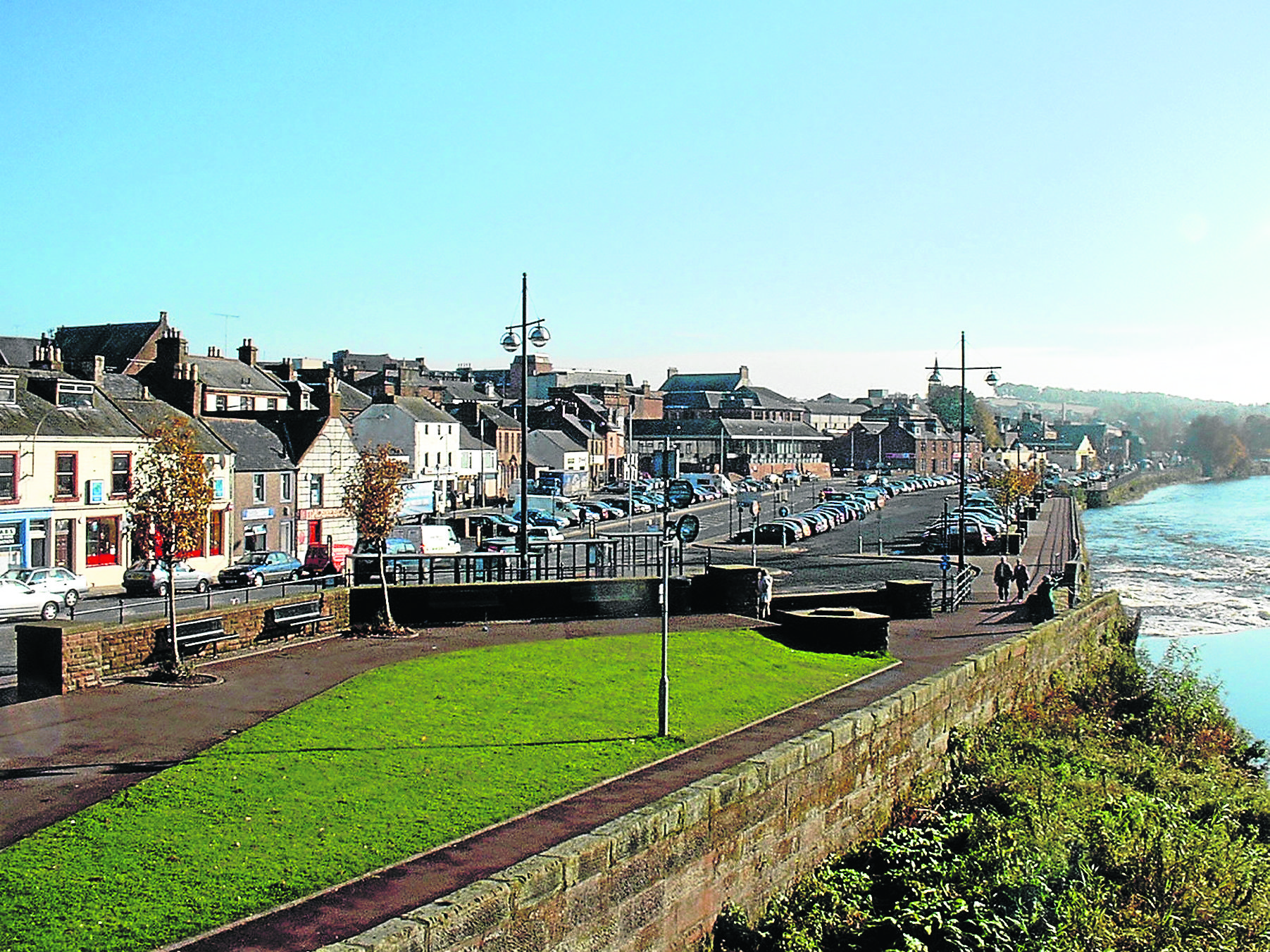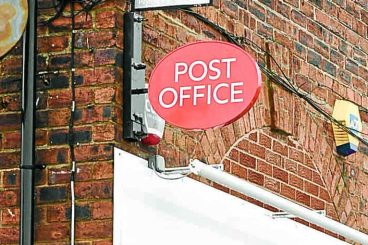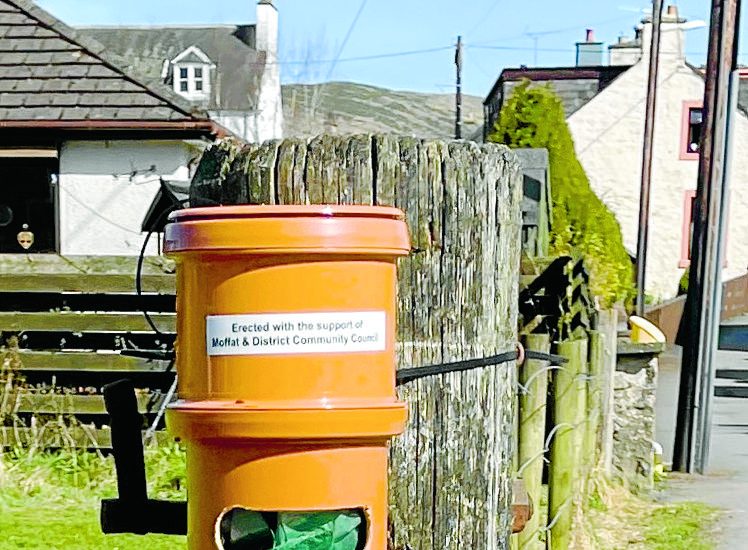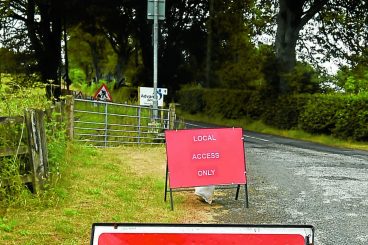However, the head of an international flood barriers company has described the costing presented by Dumfries and Galloway Council is wide of the mark, insisting he could deliver the project for far less.
Reacting to a council paper presented at committee yesterday, Frank Kelly of UK Flood Barriers said: “There’s no way in the world that project would cost £30 million to £40 million.”
Members of the council’s economy, environment and infrastructure committee were yesterday told the most costly self-rising barrier installed right at the edge of River Nith was not feasible due to environmental and cost grounds, and that a self-rising barrier set back five metres back would cost £30.8 million.
And they heard that a raised walkway approach based on an earth bund was the cheapest option – at £23,818,082.
But although Mr Kelly acknowledges that the approach he set out at a public meeting in Dumfries in February 2015 does not include landscaping and regeneration, he said: “So what are they spending on regeneration?
“For one thing, they’re cutting off the views.”
Having originally stated a cost of £8.4 million for a barrier raised into position by the tide itself, he added: “If we reassess that price, we’d probably be anywhere between a maximum £14 million and £16 million – with the changes in prices since the last time we did it.”
Mr Kelly notes his company is set to install barriers for New York University and New York’s biggest medical centre, and is negotiating the creation of 1.5 km stretch of one metre high self-activating floor barrier in Poland costed at £5.5 million to £6 million.
Yesterday’s committee report was requested by Councillor Ian Carruthers.
Last week, Conservative Group leader Graham Nicol said that his party would seek to halt the Whitesands scheme if they form the administration after May’s local authority elections.
Barrier boss dismisses Whitesands £30m quote

A £34 MILLION cost has been placed on a self-rising flood barrier scheme to protect the Whitesands in Dumfries.























